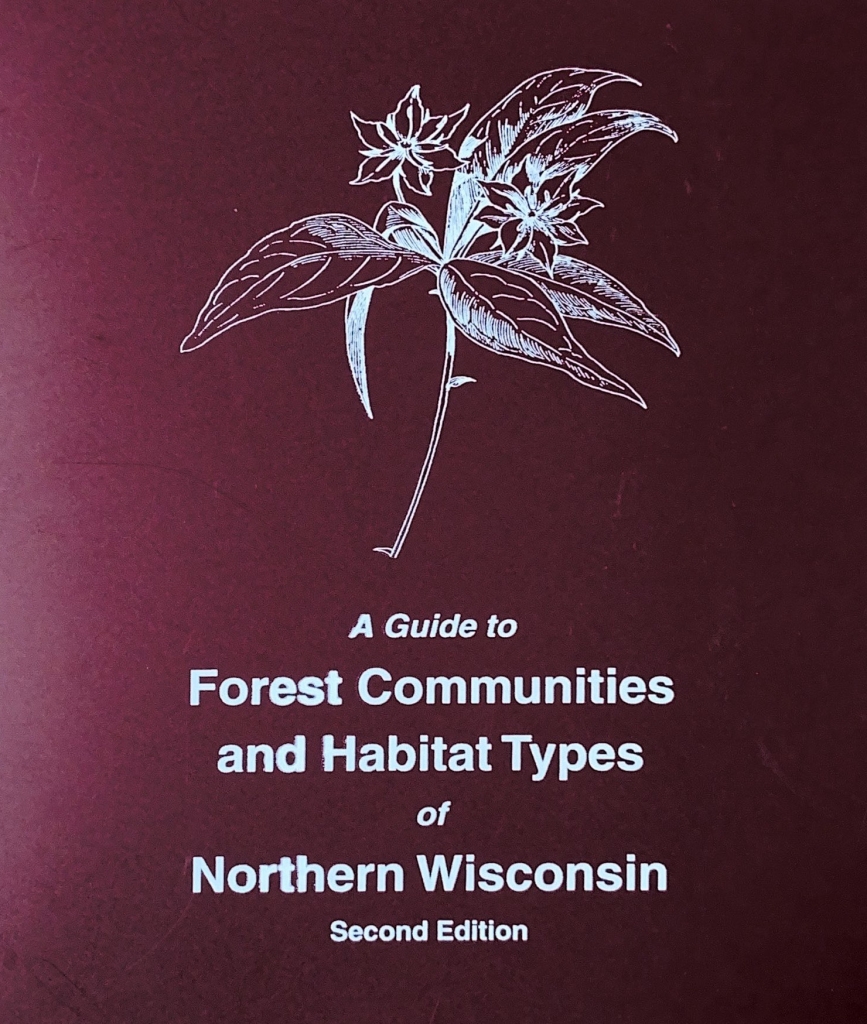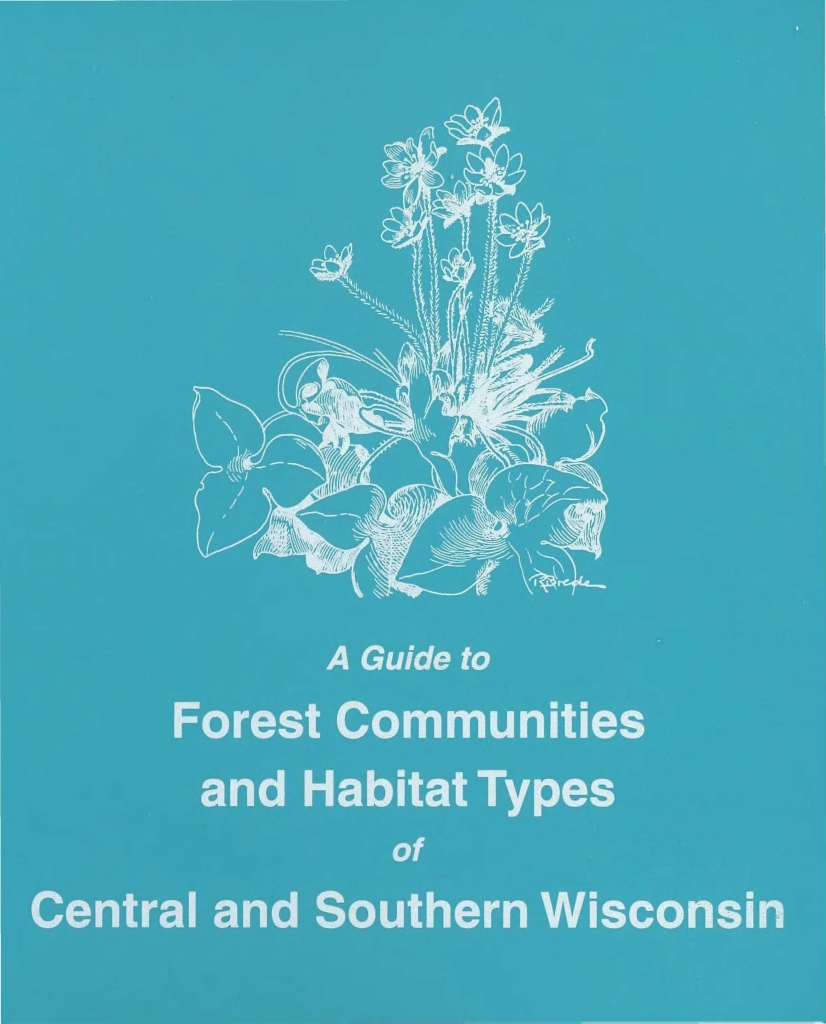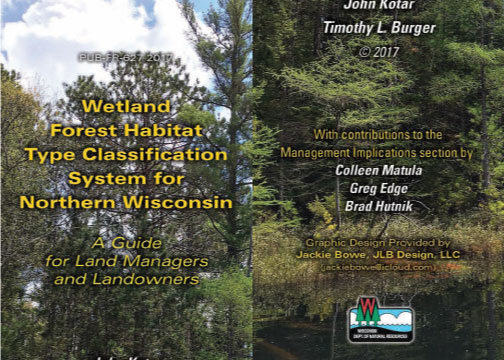Forest Habitat Type Classification System
Forest Habitat Type Classification is a site classification system based on the identification of repeatable patterns in understory vegetation. Habitat types enable forest managers to characterize site potential, disturbance regimes and successional trends to inform long-term management objectives. University of Wisconsin-Madison emeritus professor John Kotar developed this widely-used ecological classification system for Wisconsin. Kotar, along with colleagues at the university and Wisconsin DNR, developed habitat type field guides for upland forests in northern and central/southern Wisconsin, as well as a wetland forest guide for northern Wisconsin.
Each guide is divided into regional sections and contains identification keys, habitat type descriptions, community dynamics, management implications and plant identification.
View the guide
The printed versions of these guide are in short supply. Desktop and mobile versions are provided here for easy use on a computer, phone or tablet.
A Guide to Forest Communities and Habitat Types of Northern Wisconsin (Second Edition)
A Guide to Forest Communities and Habitat Types of Central and Southern Wisconsin
Wetland Forest Habitat Type Classification System for Northern Wisconsin
Species Checklists
- Field checklists of common plant species found in upland forest habitat types:
- Field checklists of common plant species found in wetland forest habitat types:



